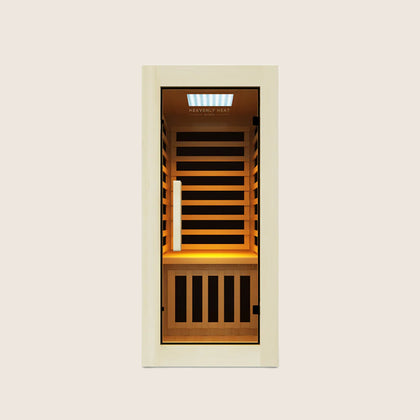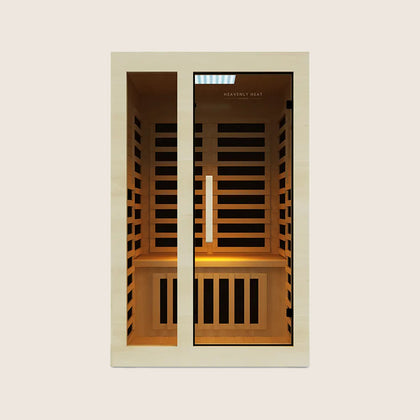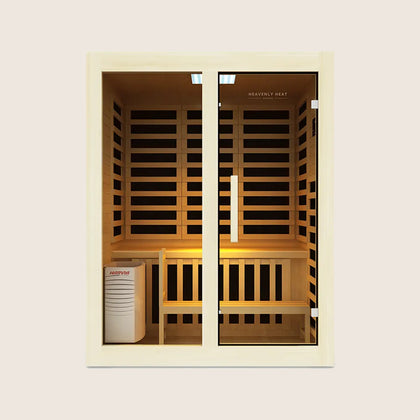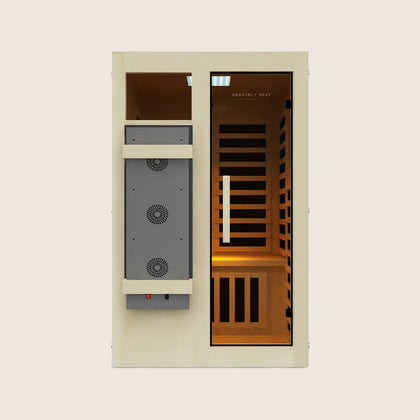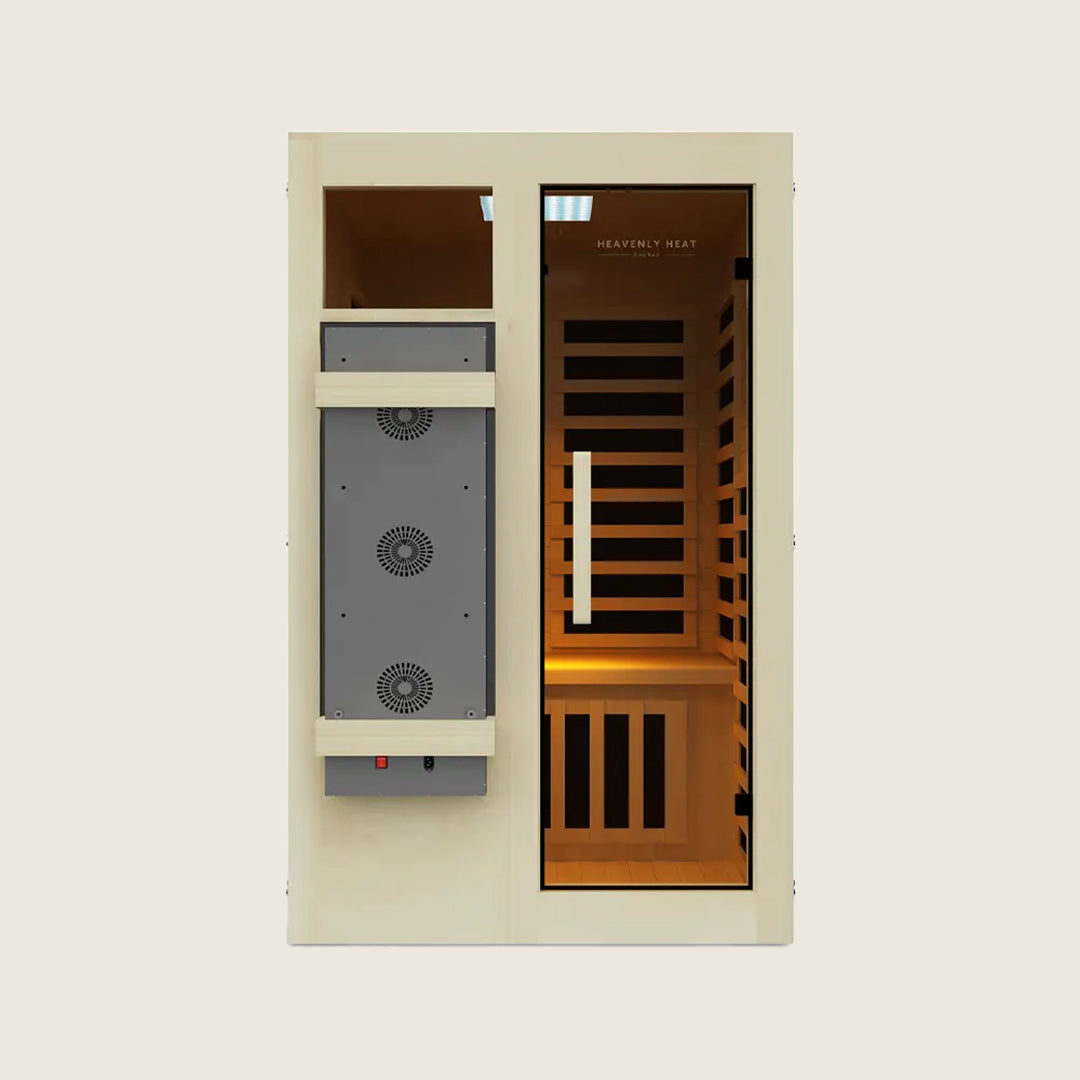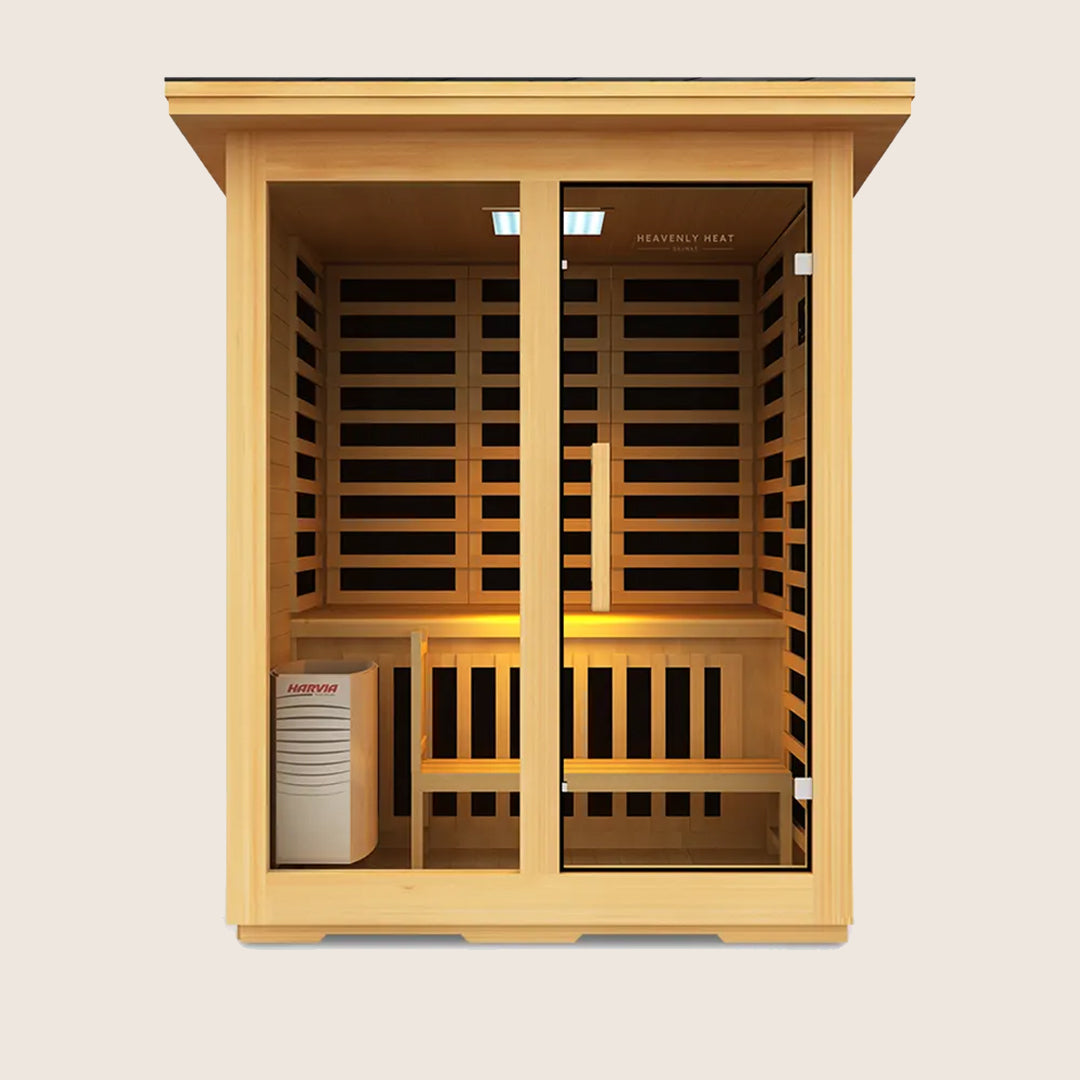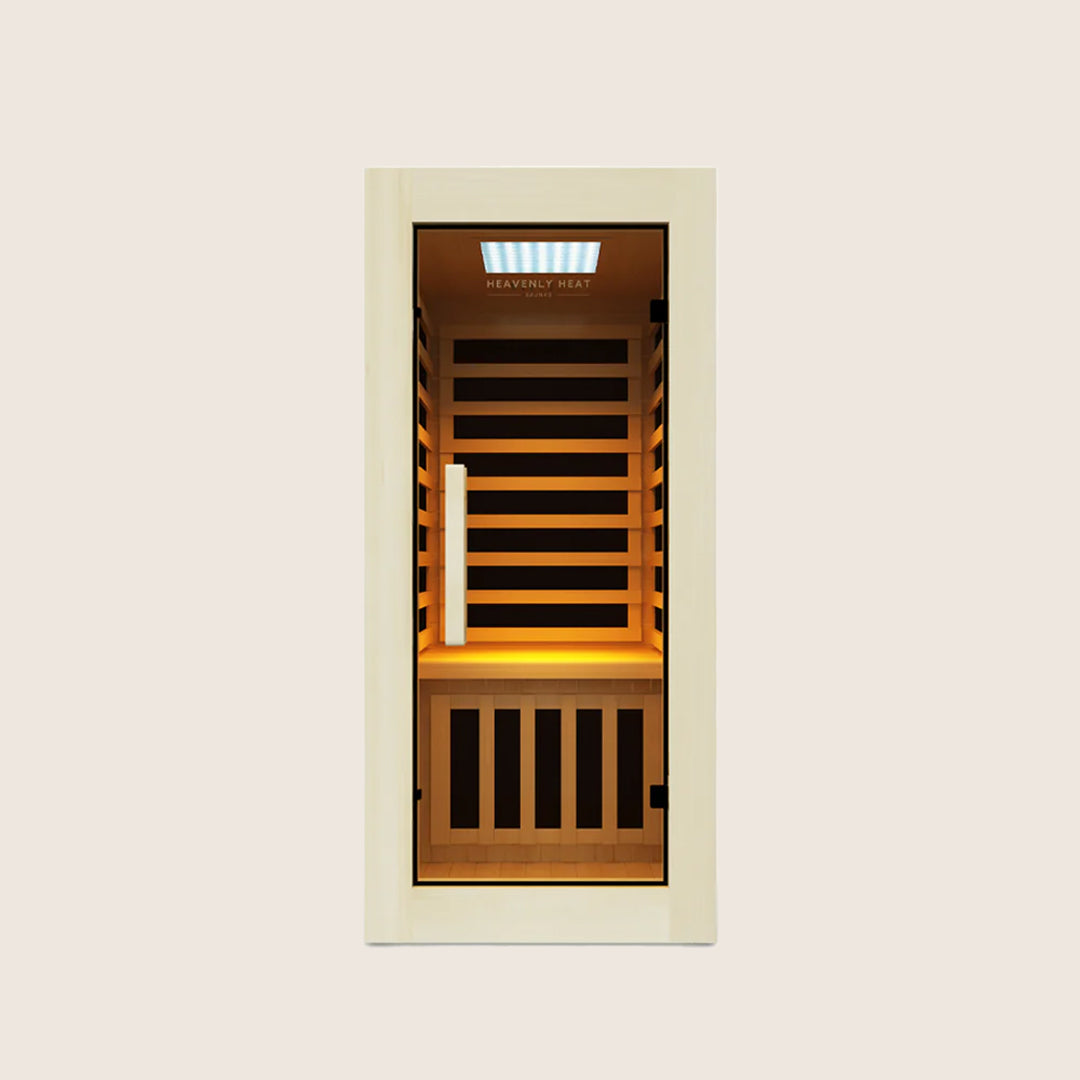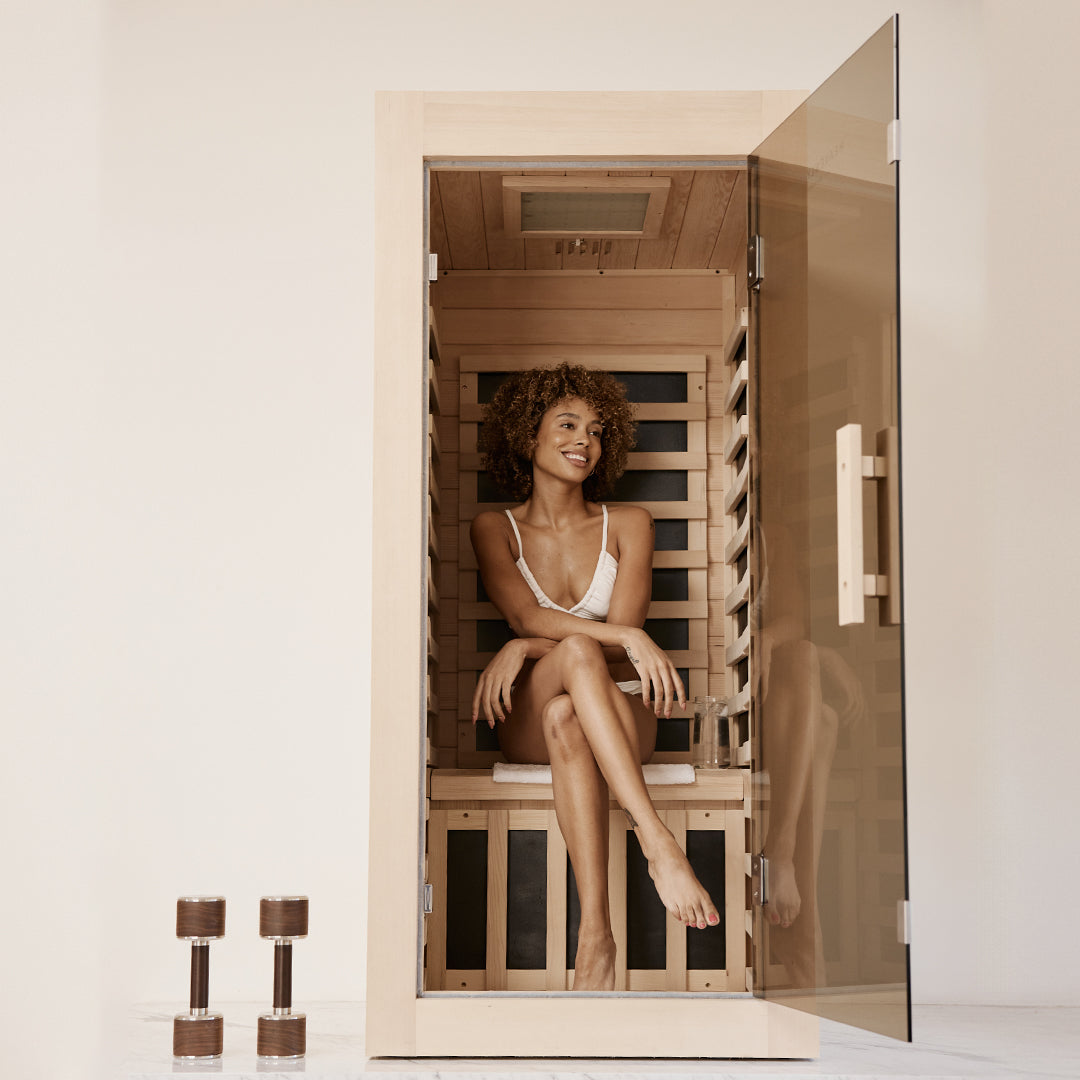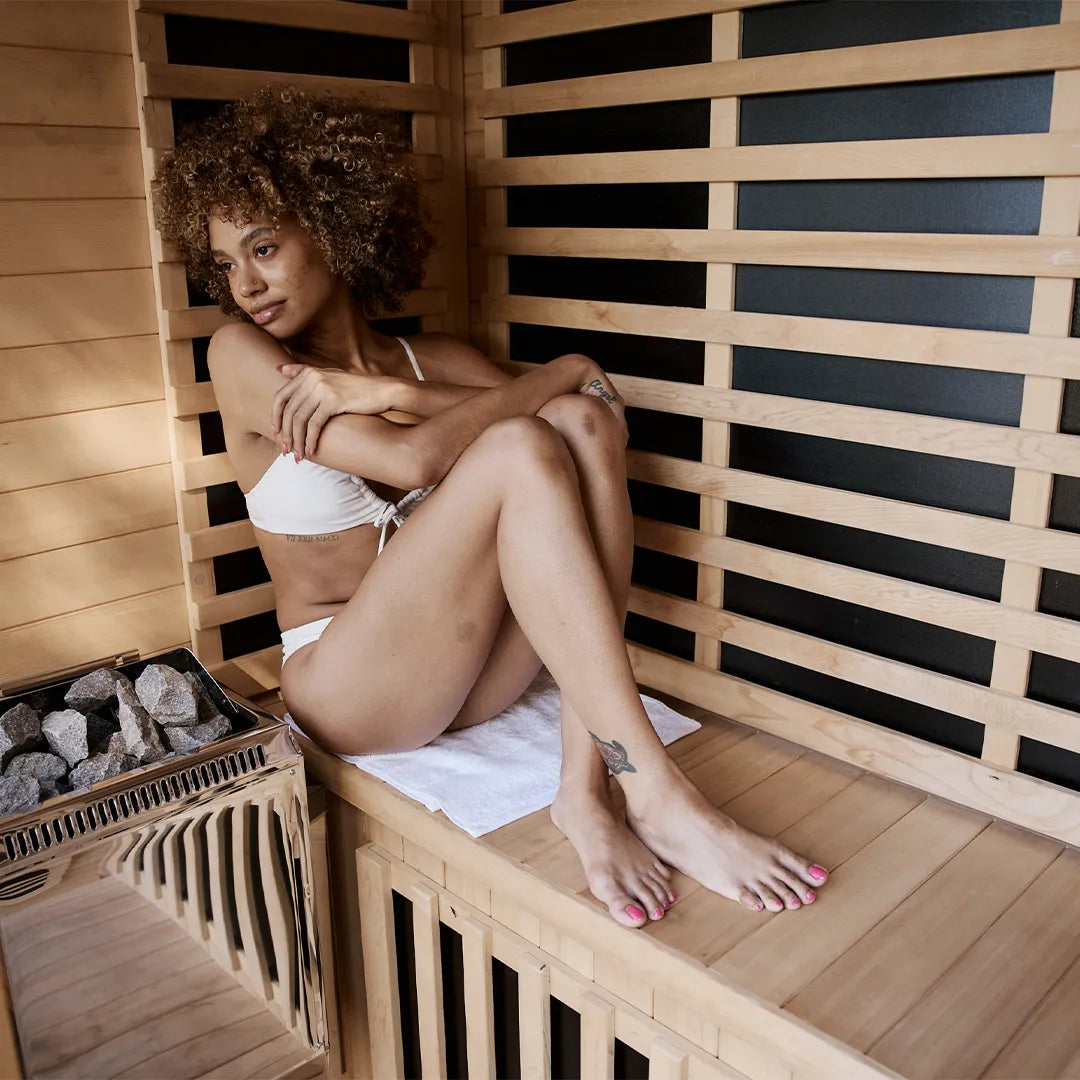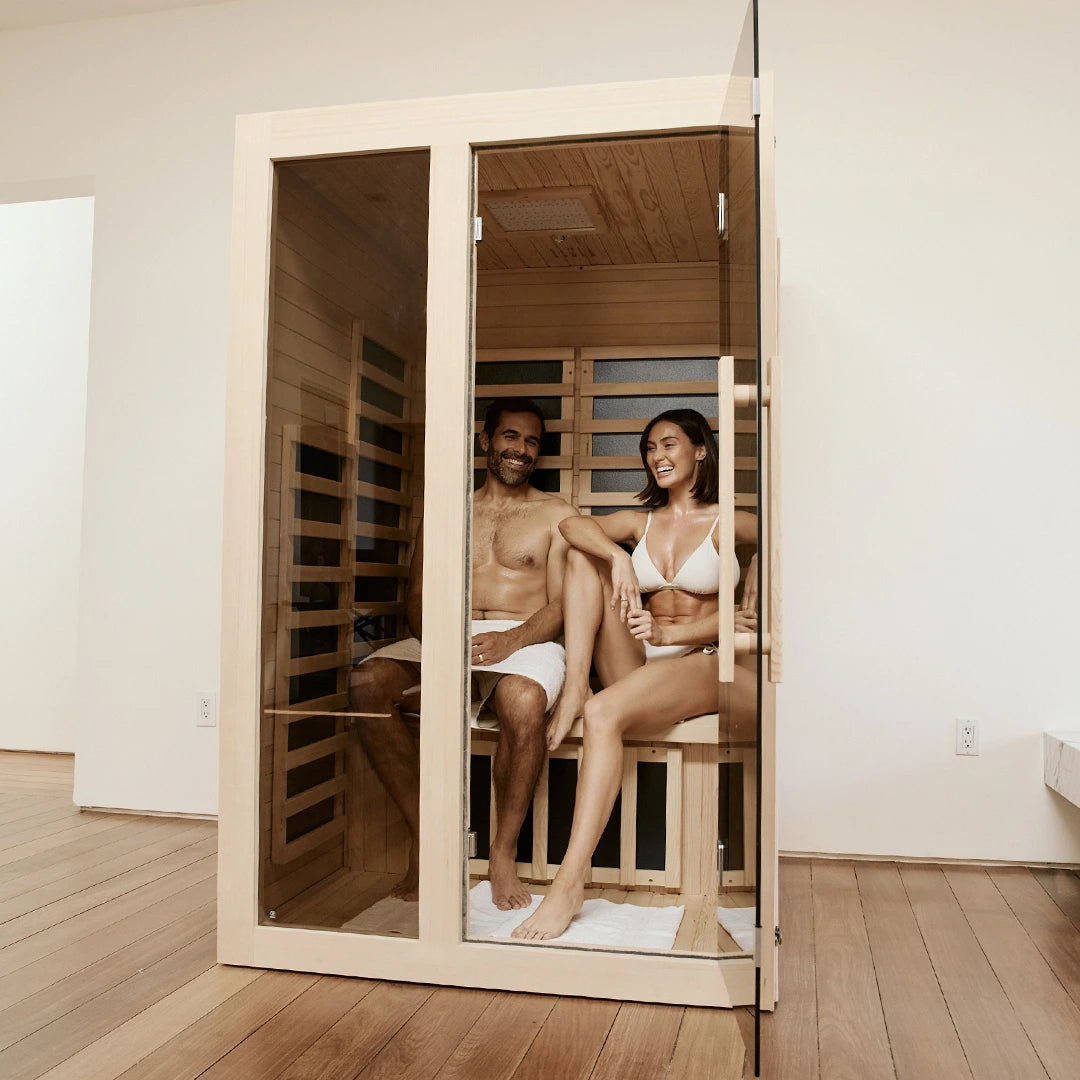Ways Blue Light Therapy Can Improve Your Sleep
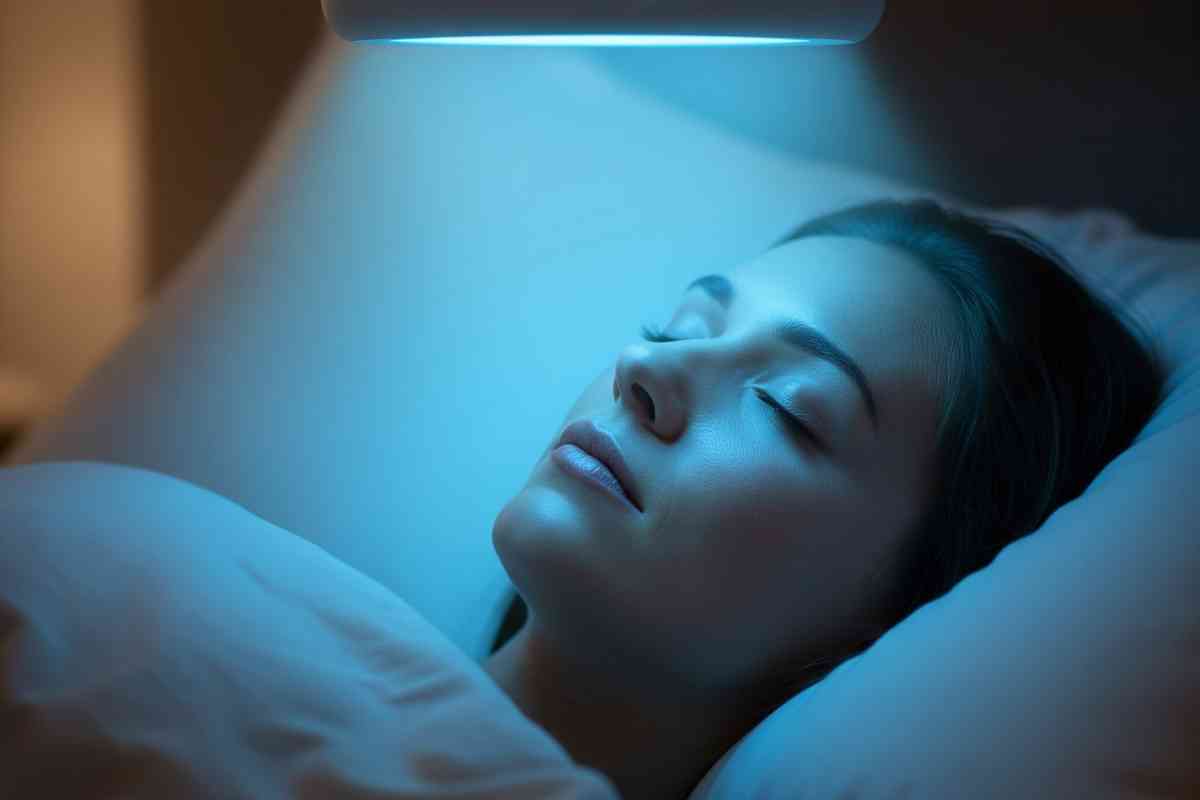
Struggling to fall asleep or stay asleep through the night? Blue light therapy could be the game-changer your sleep routine needs.
Yet, millions unknowingly sabotage their sleep by bathing in blue light before bed, from phones, laptops, and LEDs. This tricks your brain into thinking it’s daytime.
The fix? Blue light therapy can help reset your body clock, boost melatonin, and improve sleep quality naturally.
Key Takeaways
Use Blue Light in the Morning: It resets your body clock and boosts daytime alertness.
Improve Sleep Disorders Naturally: Blue light helps manage conditions like DSPD and SAD.
Enhance Your Mood and Focus: Regular exposure supports emotional well-being and mental clarity.
Shift Workers Benefit Too: It helps night workers stay alert and sleep better after shifts.
A Simple Habit, Big Results: Just 30–60 minutes of blue light daily can improve your sleep and energy.

What is Blue Light Therapy?
Blue light therapy (BLT) uses specific wavelengths of blue light to target and destroy acne-causing bacteria on the skin’s surface.
By penetrating the pores and reducing inflammation, it helps treat mild to moderate acne without the use of harsh chemicals.
Initially developed for acne treatment, it is now also explored for managing seasonal affective disorder (SAD) and regulating circadian rhythms.
The Science Behind Blue Light Therapy & Sleep
Blue light therapy is becoming a powerful tool to help people sleep better and feel more awake in the morning.
In one study from 2022, people with delayed sleep-wake phase disorder wore special blue light glasses for 1 to 2 hours after waking up.
Within just a week, they fell asleep earlier, woke up less during the night, and felt more alert in the morning. Their sleep quality and mood improved too.
Another study looked at people with PTSD and found that 30 minutes of morning blue light each day for six weeks helped them sleep better and remember emotional experiences in a healthier way.
Those who used blue light kept their fear memories under control better than those who didn’t.
These studies show that starting your day with a dose of blue light can boost your sleep, sharpen your mind, and even support emotional healing.

Does Blue Light Therapy Help with Sleep?
Yes, blue light therapy can help with sleep by resetting the circadian rhythm, improving delayed sleep phase disorder, and reducing symptoms of seasonal affective disorder.
Morning exposure enhances alertness, which promotes better nighttime rest. It's also beneficial for shift workers by improving focus during night shifts and easing sleep afterward. Research supports its role in boosting overall sleep quality and mood.
Ways Blue Light Therapy Can Improve Your Sleep
Resets the Circadian Rhythm
Blue light therapy helps reset your circadian rhythm by sending signals to a part of your brain called the suprachiasmatic nucleus, which acts like your internal clock.
When exposed to blue light, especially in the morning, it helps suppress melatonin, the sleep hormone, making you feel more awake and alert.
For example, according to a 2019 study in the Journal of Biophotonics, blue light was shown to be the strongest natural cue for syncing your body to a healthy 24-hour cycle.
Improves Sleep in People with Delayed Sleep Phase Disorder (DSPD)
If you struggle to fall asleep until very late and feel tired in the morning, you might have Delayed Sleep Phase Disorder (DSPD).
Blue light therapy can help by giving your brain a clear signal that it’s time to start the day earlier.
Wearing blue light glasses in the morning helps reset your body clock so you feel sleepy at a more normal bedtime.
In one 2022 study from DovePress, people with DSPD used blue light glasses after waking up.
After just one week, they slept better, woke up less during the night, and felt more alert during the day. That’s real change from a simple habit.
Reduces Symptoms of Seasonal Affective Disorder (SAD)
When the winter blues hit, falling asleep can feel like a struggle. Blue light therapy helps by lifting your mood and getting your sleep schedule back on track.
It works by resetting your body’s natural clock, so you feel sleepy at the right time and wake up feeling rested.
In one study, people with SAD felt 51% better using blue light, compared to only 32% with red light.
Another study showed even short sessions of blue-enriched light helped people feel better, making it easier to relax and sleep well.

Enhances Daytime Alertness, Leading to Better Sleep at Night
A growing body of research highlights how morning exposure to blue light can improve sleep by boosting daytime alertness.
In one real-world study of older adults, those exposed to high-intensity, blue-enriched light in the morning showed better sleep quality, stronger daily activity rhythms, and fewer nighttime awakenings.
Supports Better Sleep for Shift Workers
Working night shifts can really mess with your sleep. Your body thinks it should be awake during the day and asleep at night, but your schedule says otherwise.
That’s where blue light therapy comes in. It gives your brain a strong “wake-up” signal during your shift, helping you feel more alert at night and making it easier to fall asleep once you’re home.
According to Healthcare 2022, researchers found that blue-enriched white light (over 5000K) helped night-shift workers feel less sleepy and stay more focused, especially nurses working overnight.


